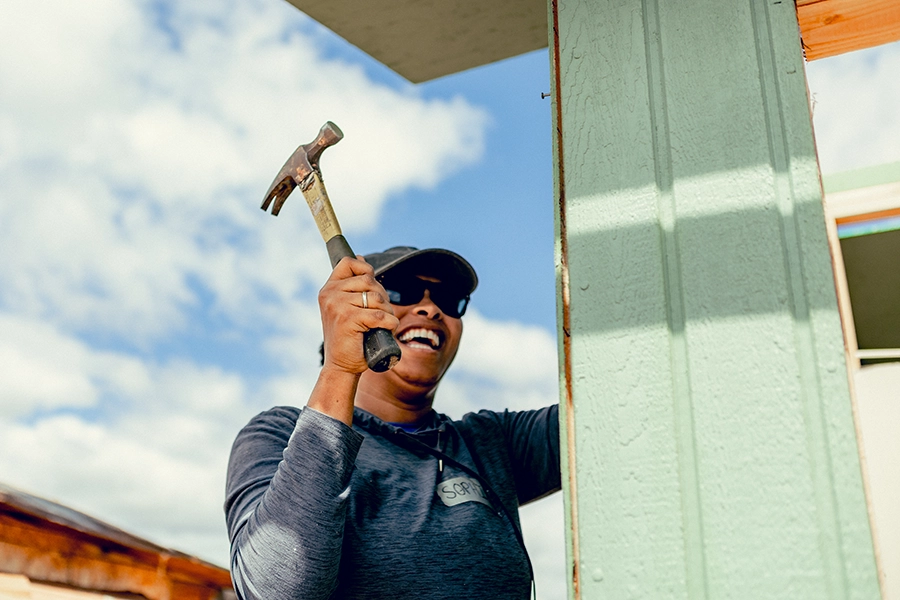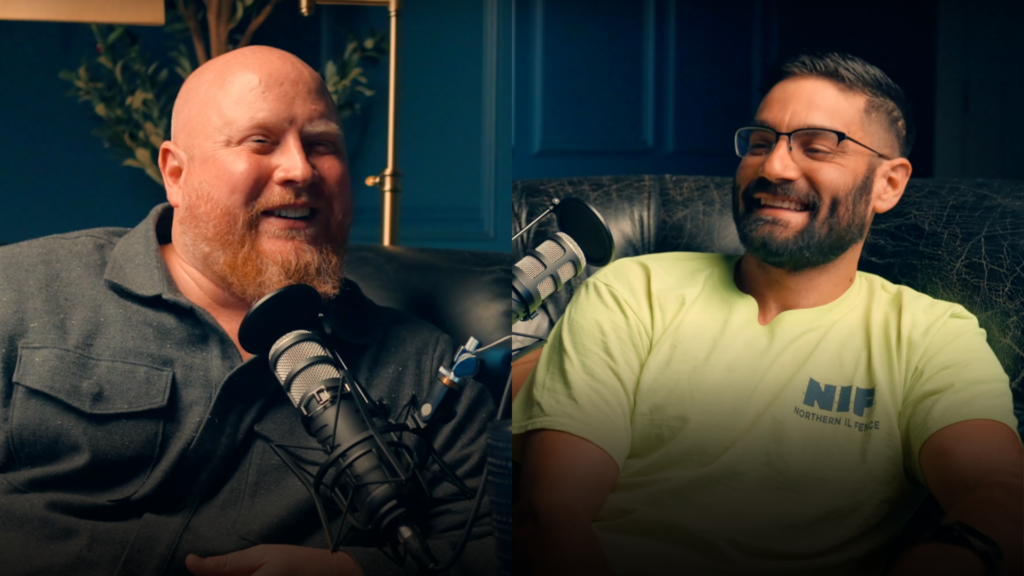Proactive Candidate Engagement Series
Welcome to part 2 of our guide to successful Proactive Candidate Engagement Strategies. In this blog we are going to be looking at the continuation of the hiring journey; exploring why the Delta Lounge and Pre-boarding process are the difference makers for candidates and how it impacts their relationship with their new company and team.

- The Why of Proactive Candidate Engagement
- Assessing what you need and why you need it
- Effectively connecting with candidates
- Driving efficiency without driving candidates away
- Planning for Proactivity
- The Process
- Source
- Engage
- Attract
- Nurture
- Soft close
- Convert
- Hire
- Preparing for (on)boarding
So here we are, Part 2. Let’s dive into together.
The Hire is Just the Beginning
The employee onboarding experience sets the tone for their relationship with your organization. It’s the first time your new hire experiences your company culture and learning process. This is also the best time to establish your expectations, values, and goals.
A successful vs. unsuccessful onboarding experience is the difference between buyers remorse and the willingness to see beyond the immediate to what could be. Most employees will determine their future success with a company based on their onboarding experience. If you’ve ever had a bad restaurant experience where you’ve sent food back or wished you had ordered the burger instead of the salmon, then you’ll know the feeling.
Despite its importance, many organizations fail to invest sufficient time and resources into onboarding their new hires. It’s not that companies don’t care, it’s that there may not be an effective strategy in place, or it’s simply a “that’s the way we’ve always done it”, and they don’t see or anticipate a problem (or the future impact/correlation between onboarding and engagement).
New employees might get taken to lunch on their first day while the rest of the day is spent with HR filling out endless forms and going through employee manuals. A poorly executed onboarding process can lead to high turnover rates, low employee engagement, and decreased productivity.
The 7 Habits of Highly Effective Onboarding
- Onboarding starts on the day you make first contact with a candidate, not on their first day. The experience candidates have with your company, and those associated with them are markers of influence. As much as you are hiring them, they are ultimately saying yes to you. Why they said yes will be a big part of them continuing to choose you. Successful onboarding lays the groundwork for the candidates’ first day. It’s their red carpet-moment; the pathway that demonstrates the commitment showing them value and providing a plan for their future with you. The goal is to make the candidate comfortable for their first day (which is often filled with nervous excitement and energy). Send them a welcome email with details of their first day so they feel comfortable and prepared.
- Create a comprehensive onboarding plan. Your onboarding plan needs to be detailed, and workable. It should outline steps that clearly define the expectations for a new employee’s first 90 days. List out timelines, goals, milestones, and define what success looks like as well as the training and development opportunities that will be provided. This is a time when the candidate is likely going through a lot of change. Being cognizant of that by leaving no room for guesswork will pay dividends.
- Assign a mentor or buddy. A new team mentor may greatly benefit from a peer mentor, someone who can help them adapt to the culture and to who they feel safe and connected (this is also a great way to train your people for management-level roles). This mentor will work with them on any training/onboarding assignments leaving them free to focus their time and energy on connecting with their manager on building success within the work you hired them for.
- Get rid of job descriptions and adopt performance profiles. It’s not semantics, job descriptions are static “descriptions” of what you want an employee to do. Performance Profiles set expectations. They outline what success looks like, and define time frames, and mile markers. Performance Profiles also allow for change, growth, and development. As an employee grows in their career and role, they will take on more responsibilities. Duties will likely shift, and Performance Profiles give space for this to take place.
- Offer training and development opportunities through an intentional career path. Employees want to know that their employers are investing in their success. Targeted training and development initiatives are like rest stops and sandwich breaks along the career road trip. They refuel, re-energize and equip employees for the next stage of the journey (or any potential detours/reroutes that need to take place). Continued investment is essential for any relationship. Give your employees a career path or someone else will. (Our Titus U team offers several Learning & Development sessions that provide learning solutions that last the long term.)
- Foster a positive company culture. Fostering a positive company culture is key to growth and success. Show me an employee who can thrive for long in a toxic environment, or even a static one at that. Can you? Culture is one of those unique components that are affected by what happens at the top and at the bottom. A flower that blossoms and blooms must experience the richness of the soil it is planted in as well as the elements it is subjected to. How it processes both of those elements has a direct result on its growth. The integrity of both matching up is essential to creating a great company culture.
- Feedback, feedback, feedback. Good relationships work both ways. You can’t successfully meet a need unless it’s first expressed, then secondly acted upon. Creating an environment where feedback is celebrated, and where action is taken is essential for connection and engagement. Organizations should be open to feedback which can then be used to refine the onboarding process and improve the employee experience… which in turn impacts future hiring efforts.
Onboarding is a critical process that sets the tone for the employee’s relationship with the organization. By taking the time to invest in a comprehensive and connected onboarding plan, companies can create a positive first impression. Investment in onboarding that includes mentoring, training, and development opportunities set new employees up for success. When you foster a positive company culture and solicit valuable feedback (the culture impacts this) your organization can ensure its onboarding process is continually improving. The result is higher employee engagement, retention, productivity, AND a destination that is exponentially more attractive to future hires.
TITUS INSIGHTS
Refreshing perspectives and practical expertise from the Titus team.
Committed To Radical Generosity
Our dedication to radical generosity keeps us focused on what matters most, and it allows us to make a trusted and lasting impact on the world around us. It’s the foundation of our culture and our partnerships.



